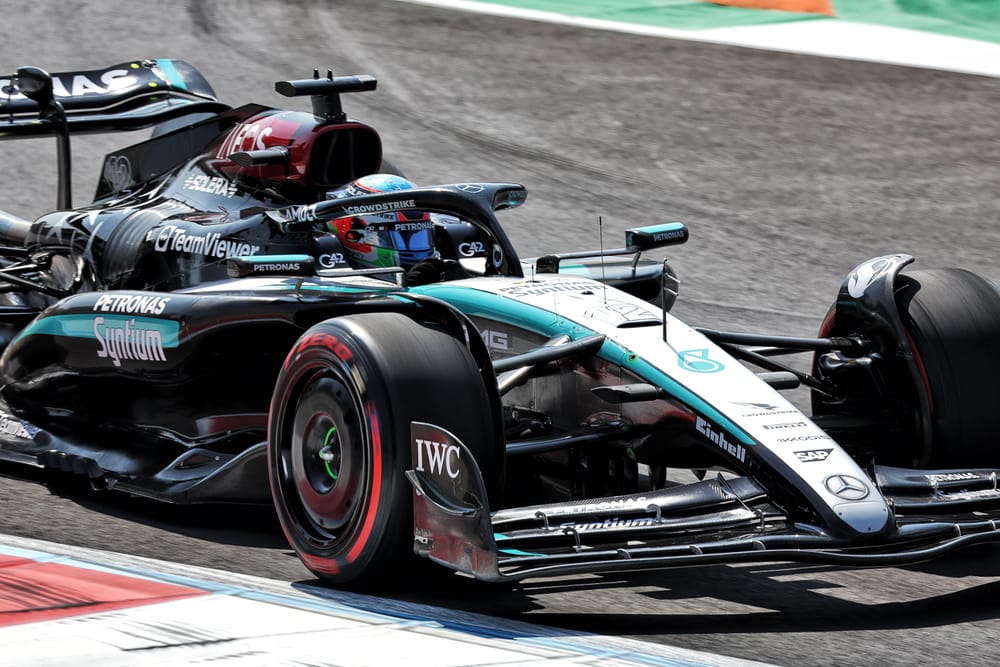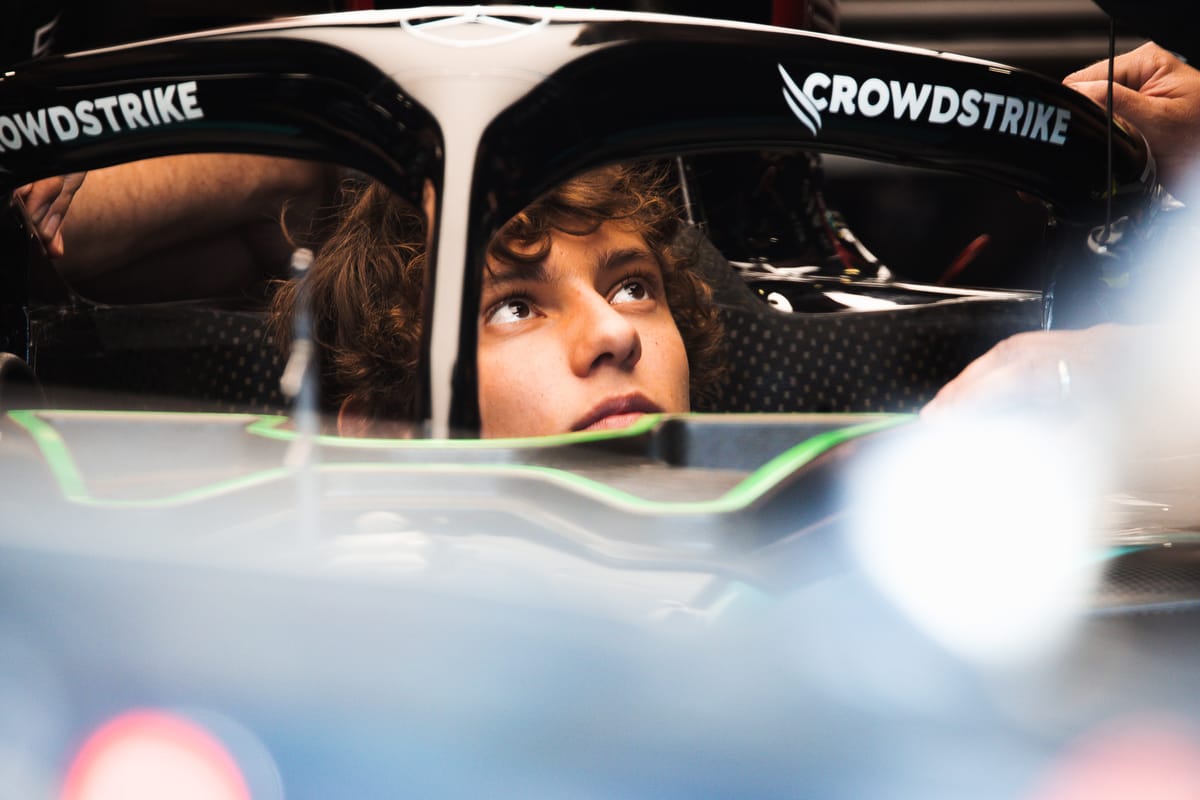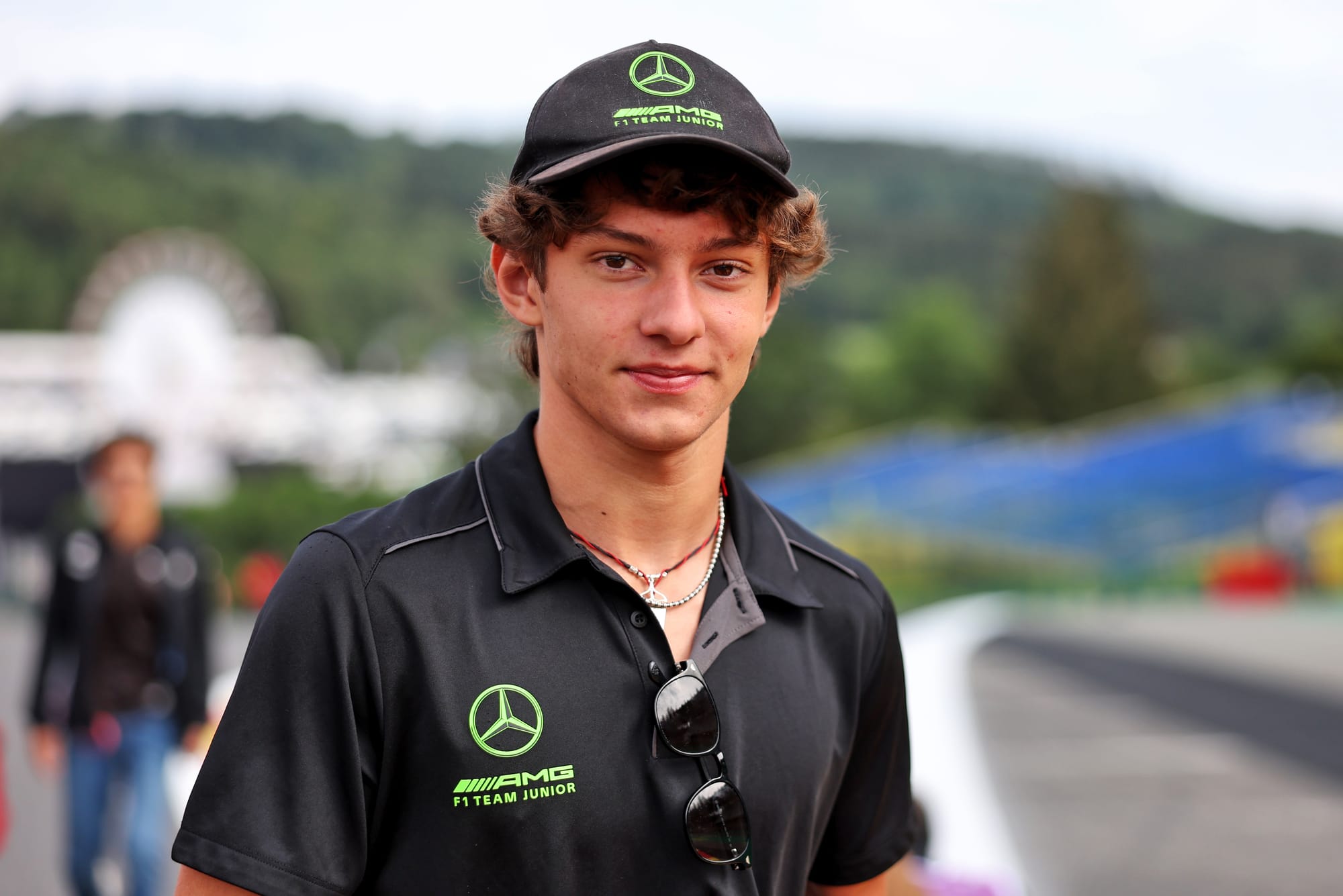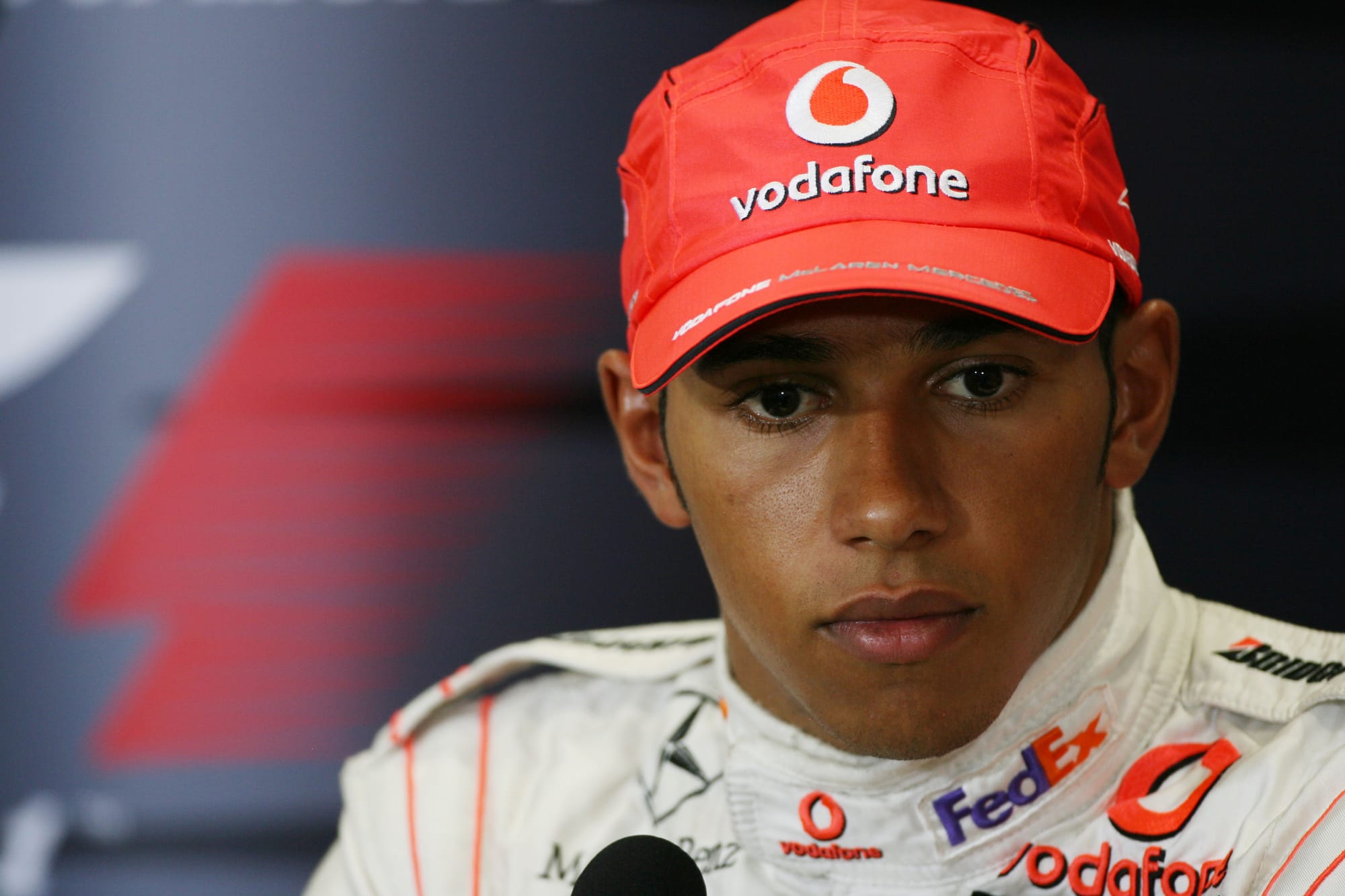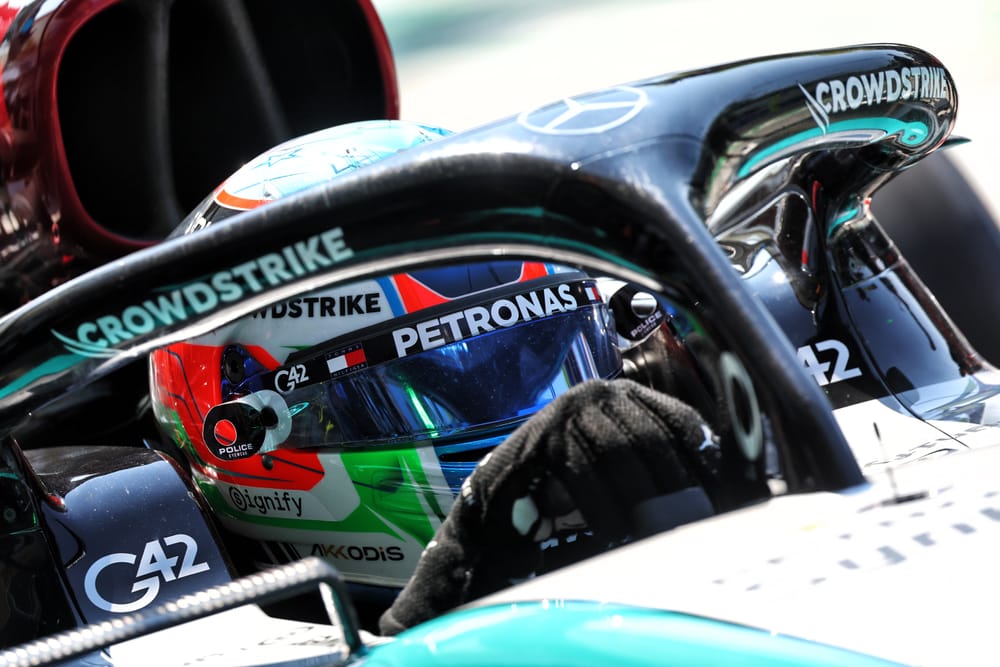Up Next

Mercedes has confirmed 18-year-old Kimi Antonelli will replace Lewis Hamilton in its Formula 1 team next season.
The highly-rated young Italian has had a rollercoaster 24 hours, making his grand prix weekend debut for Mercedes in Friday’s opening practice session – in which he crashed 2025 team-mate George Russell’s car heavily.
Team principal Toto Wolff insisted that had zero impact on the team’s decision-making process, and Mercedes has backed that up with the announcement on Saturday - in the middle of the Italian Grand Prix weekend – that Antonelli will be one of its race drivers next year.
Wolff said an FP1 “that’s gone wrong” is no reason to decide against a driver and that’s because the team is well aware of the risks involved here.
So what are the reasons Mercedes has made a high-risk, high-reward choice for Hamilton’s successor?
MERCEDES WILL ACCEPT MISTAKES
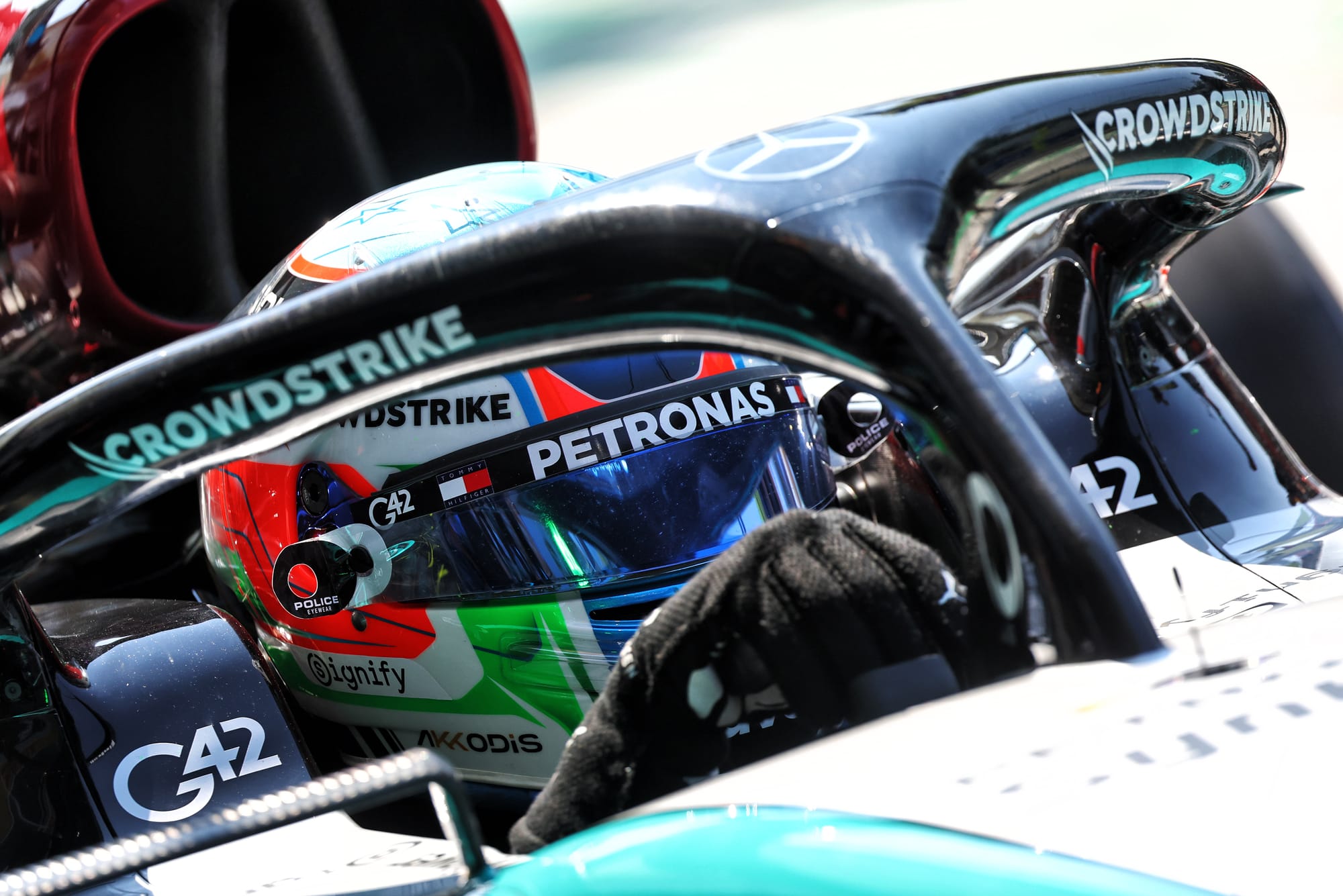
Mercedes knows that mishaps like Antonelli’s FP1 crash are not just possible along the journey with an exciting, capable but still raw talent, they are likely.
While the shunt was a result of inexperience and overexuberance, Wolff very quickly batted it aside. This might seem a little careless, but can Mercedes really ask him to be conservative when Mercedes is taking an overtly aggressive approach to his career progression?
Wolff said he’d “rather slow somebody down than make somebody fast because the second one is impossible” – and knows that there will also be a lot of highlights along the way.
He often talks about throwing Antonelli into ‘cold water’, which basically means letting him confront the shock of a sudden F1 debut and deal with it.
Antonelli won’t be perfect in 2025 but Mercedes doesn’t expect him to be. It expects him to learn quickly, to build confidence, and sooner rather than later show he deserves such a good seat in F1.
Antonelli will need to exhibit better judgement in the future than he showed at Monza. But Mercedes is at least conscious of the reality it is embracing.
"He's going to make the odd mistake," said Wolff.
"We will see some highlights. We will see some more difficult moments. But it's all part of the development of a young driver."
SEARING SPEED
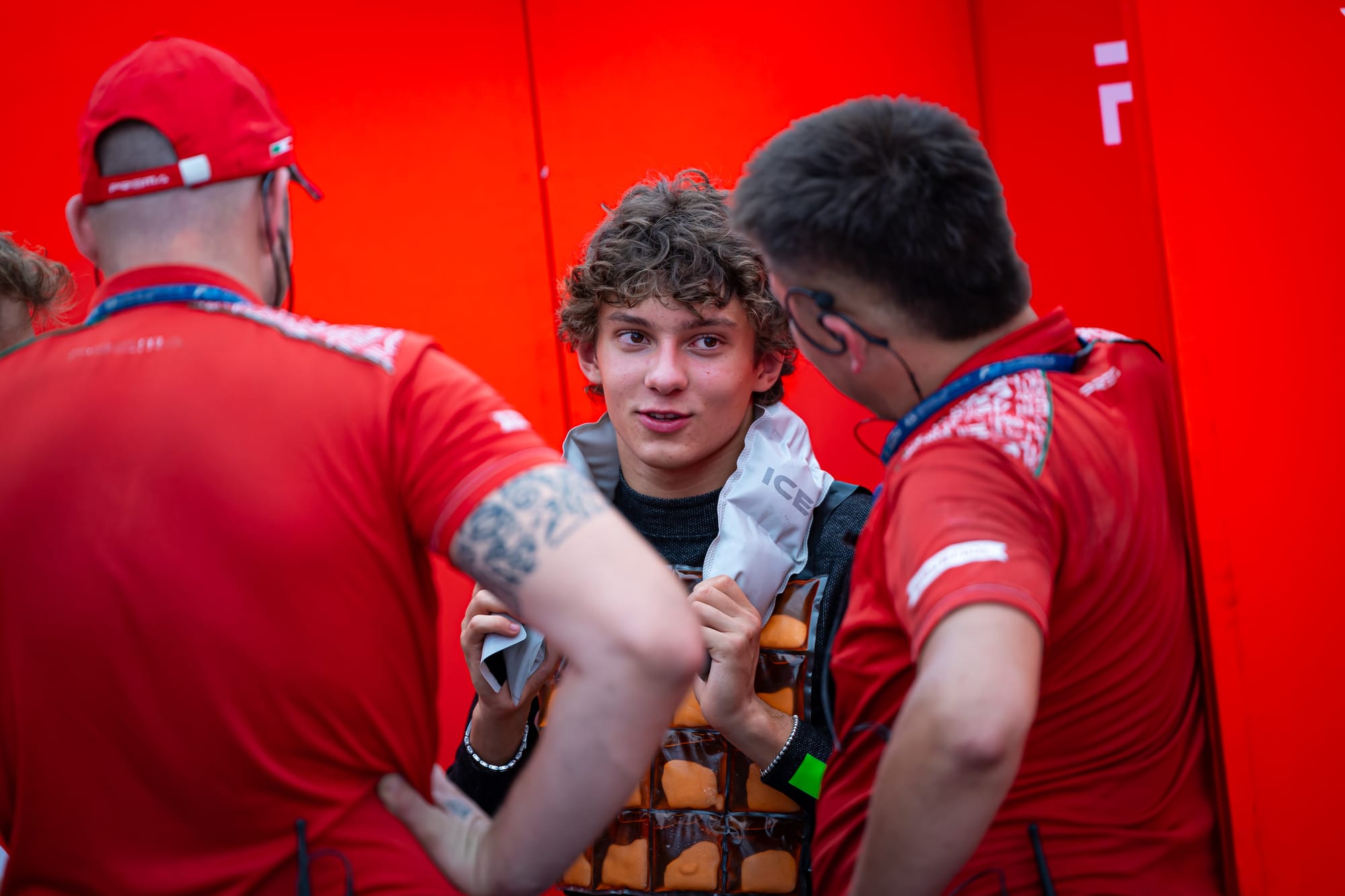
Antonelli’s CV is stacked: two-time European karting champion by 15, four single-seater championships in two seasons, and a two-time Formula 2 race winner as a 17-year-old rookie despite his Prema team’s struggles.
The kid’s good, obviously. Mercedes rates him as the next Max Verstappen - so the leading driver of his generation. That alone is why he seemed destined to be in a Mercedes F1 car sooner or later.
“His record at junior level is incredibly impressive and his raw speed is clear to see," said Mercedes non-executive chairman Markus Schafer.
FP1 offered a glimpse of that even if it ended up being short-lived. But Wolff delighted in pointing out that “what we saw in 1.5 laps is astonishing” - and while that’s a bit of hyperbole, it’s rooted in truth. Antonelli caught the eye in a good way before he captured everybody’s attention in a bad one.
We saw a confident, well-prepared 18-year-old with bags of ability and a huge upside. Going quickest with his very first flier was a fun footnote but the fact he managed such a competent run immediately reflected both his speed and his extensive work testing 2022 F1 machinery in private.
Obviously his enthusiasm rapidly proved his undoing. But it did highlight why Mercedes is so excited by him.
NOT READY YET - BUT HE WILL BE
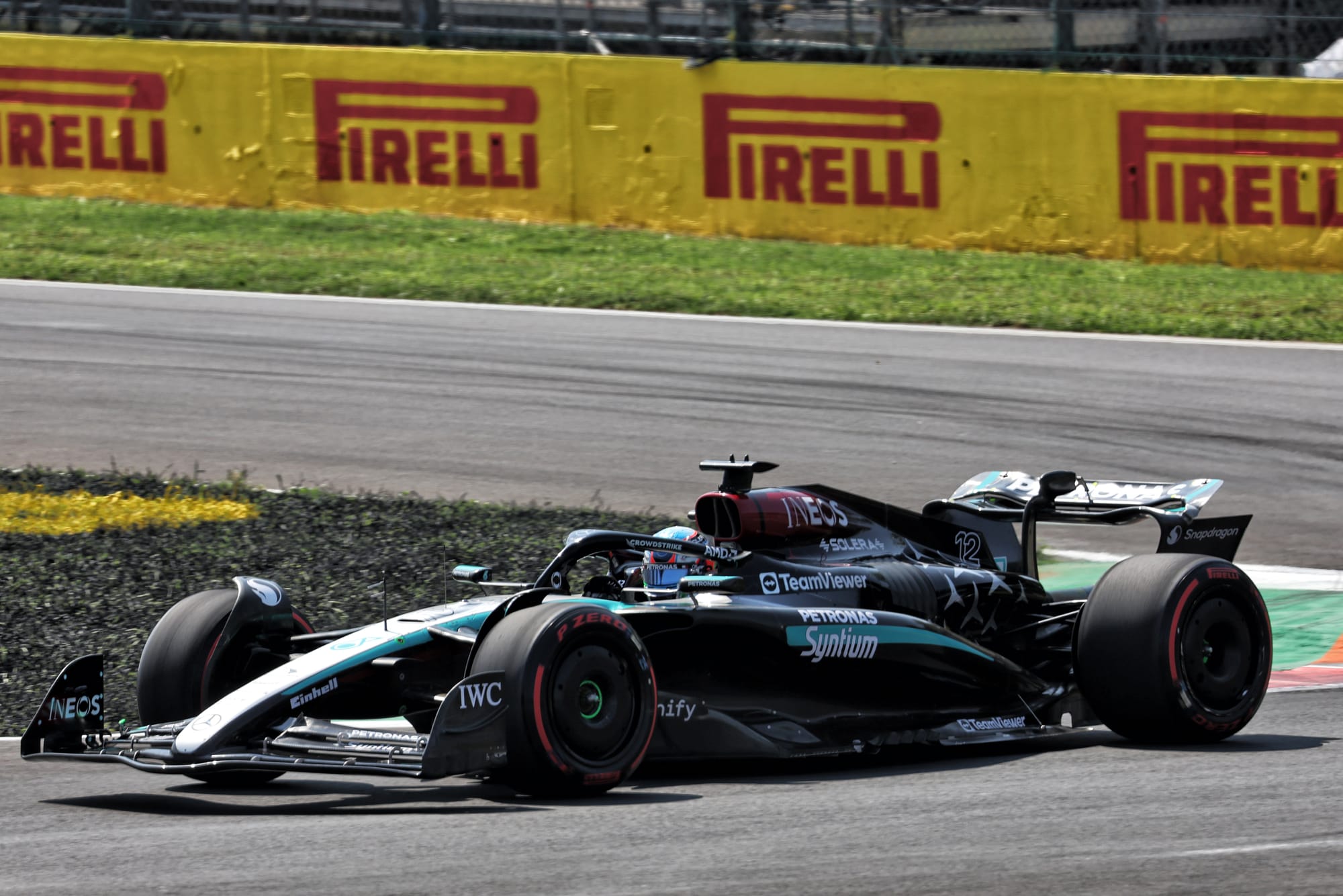
The FP1 crash will actually be a step on Antonelli’s path, not a knock backwards. He pushed too hard, too early. Wolff said that “what he tried to do, the car can’t take”.
Antonelli’s unlikely to make that mistake again, and that’s probably why it seemed so easy to shrug it off: he is too good and too switched on not to learn from this.
It’ll form part of a rapidly growing skillset and knowledge bank that Mercedes needs him to build. He also needs to make sure he's physically ready for the challenge.
Antonelli will not be the same driver by the start of 2025 as the one who crashed so badly at Monza.
"I'm still learning a lot, and I'll try to learn as much as possible in this period in order to arrive as ready as possible for Australia [2025 F1 season opener]," said Antonelli.
"I don't really have any expectations. I'll just try to learn as much as possible. And try to make the least amount of mistakes learn every time."
Will he really be ready from the first race in 2025? At his best, probably. But not completely. He will still have to learn a lot on the job.
NO REPEAT OF RUSSELL MISTAKE
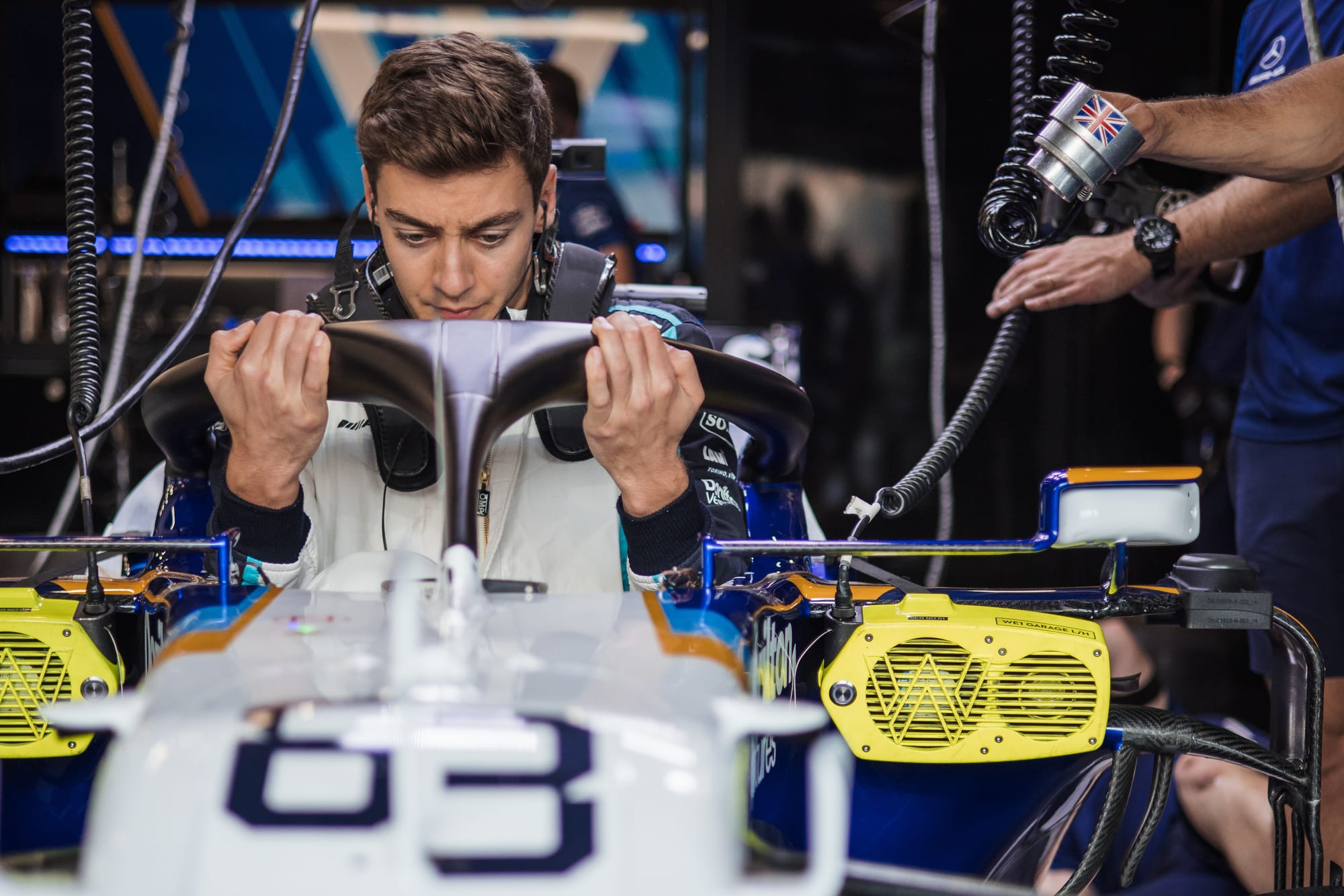
By promoting Antonelli to F1 with its own team, Mercedes guarantees control of his development, and gives its protege the same chance McLaren gave Hamilton back in 2007: a debut in a frontrunning car.
It’s a big show of faith that usually only comes through close affiliations like Hamilton had with McLaren.
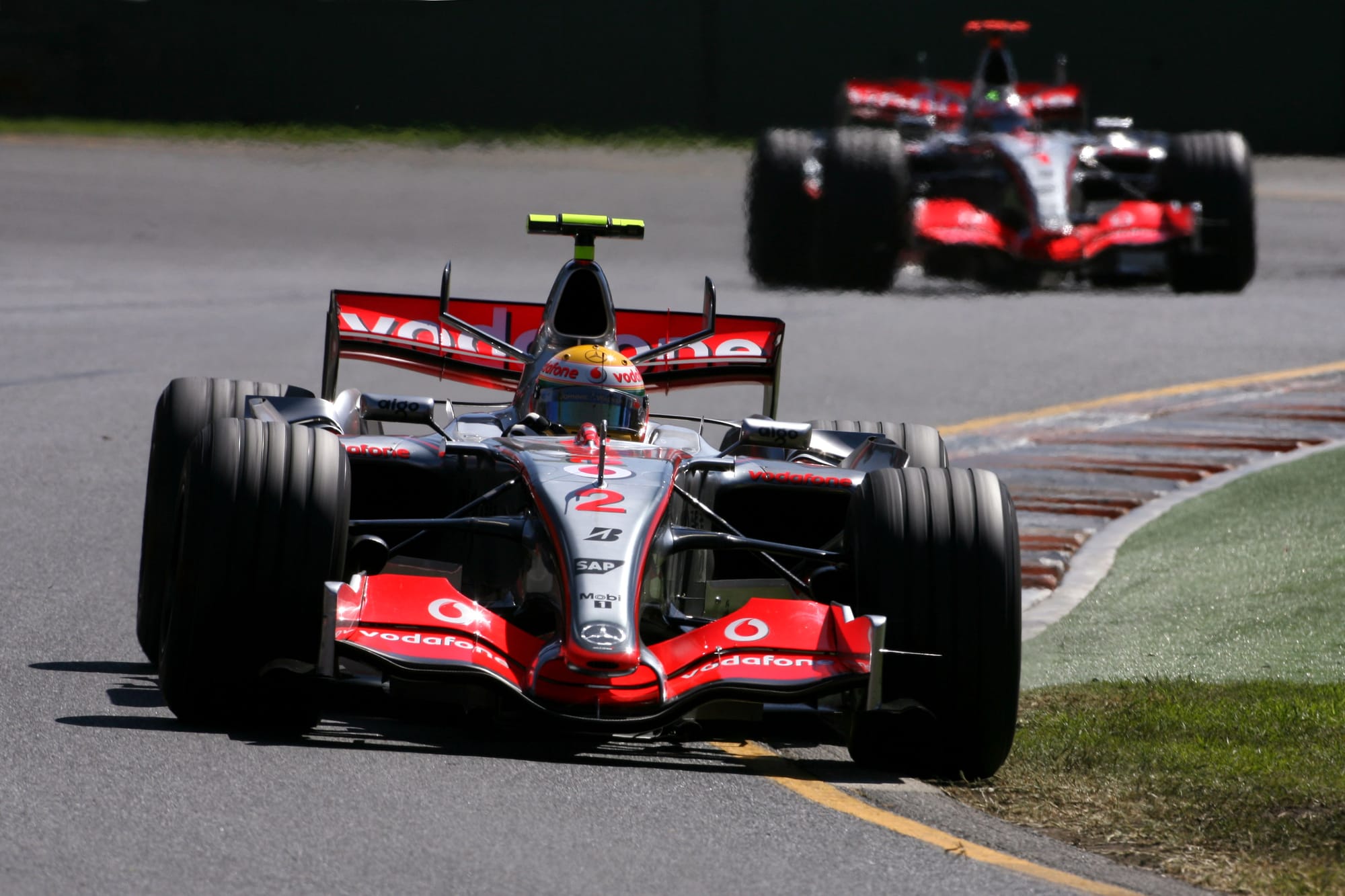
While Antonelli’s ascension through the single-seater ranks has been rapid, he’s already been part of the Mercedes young driver programme for six seasons now.
Along the way, Mercedes has watched this guy incredibly closely. From his prodigious karting success to his first steps into single-seaters, his graduation to F2, and now his F1 work. Now, as Antonelli gets to the hardest part of the ascent, Mercedes has a chance to keep guiding him up-close rather than palm his refinement off on someone else.
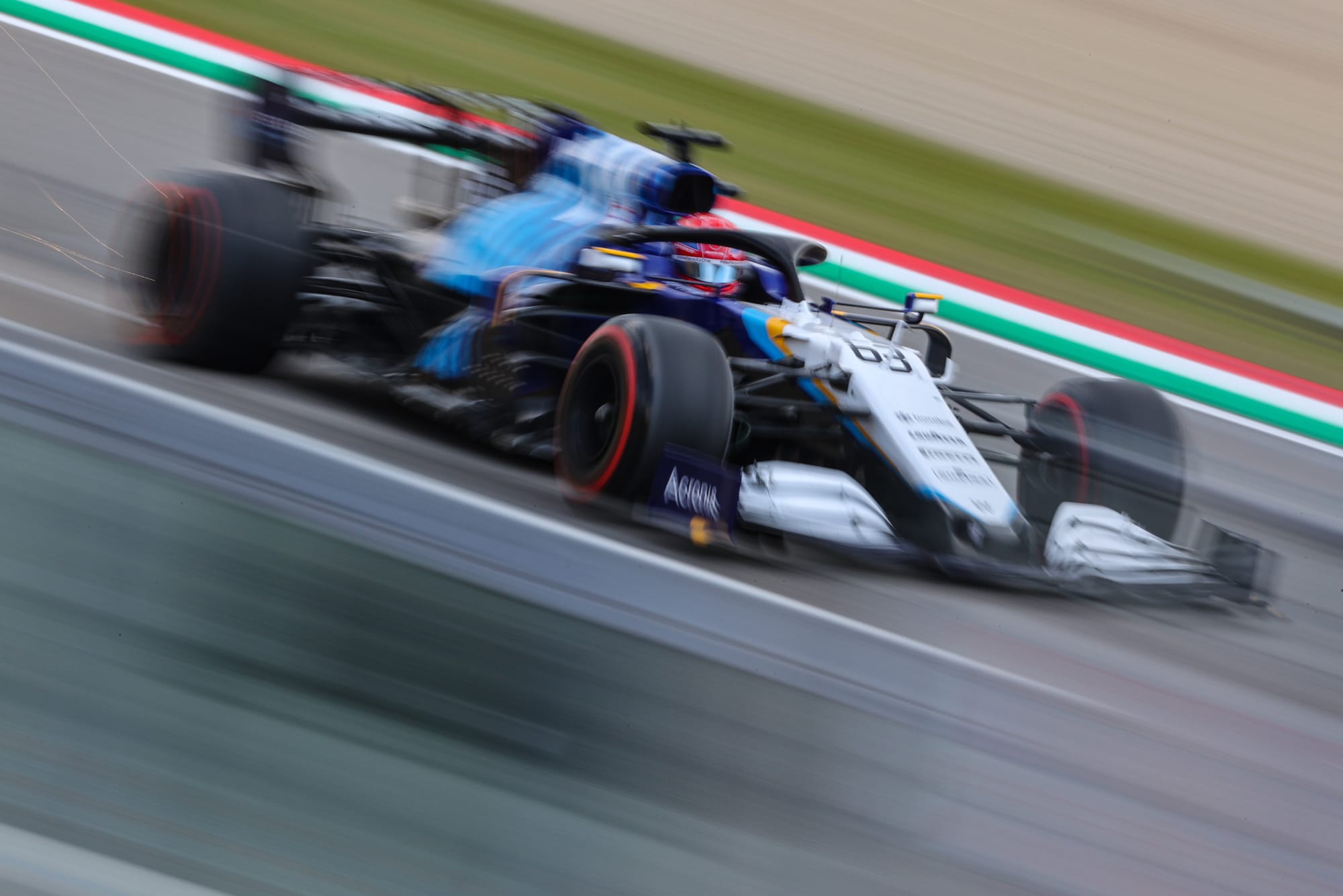
A loan elsewhere is perfectly valid, and there are plenty of examples of it working very well. But Mercedes learned from Russell’s three-year Williams apprenticeship that very good drivers don’t need to spend too much time on loan somewhere else.
Russell’s third season at that lower-midfield team was unnecessary - something he and Mercedes have both admitted. But that was the deal Mercedes made with Williams and it had to honour that.
Mercedes could have chased a Williams seat for him, a la Russell, and picked Carlos Sainz as a short-term measure. But doesn’t want to repeat its past mistake with Antonelli.
THE HAMILTON/VERSTAPPEN FACTORS
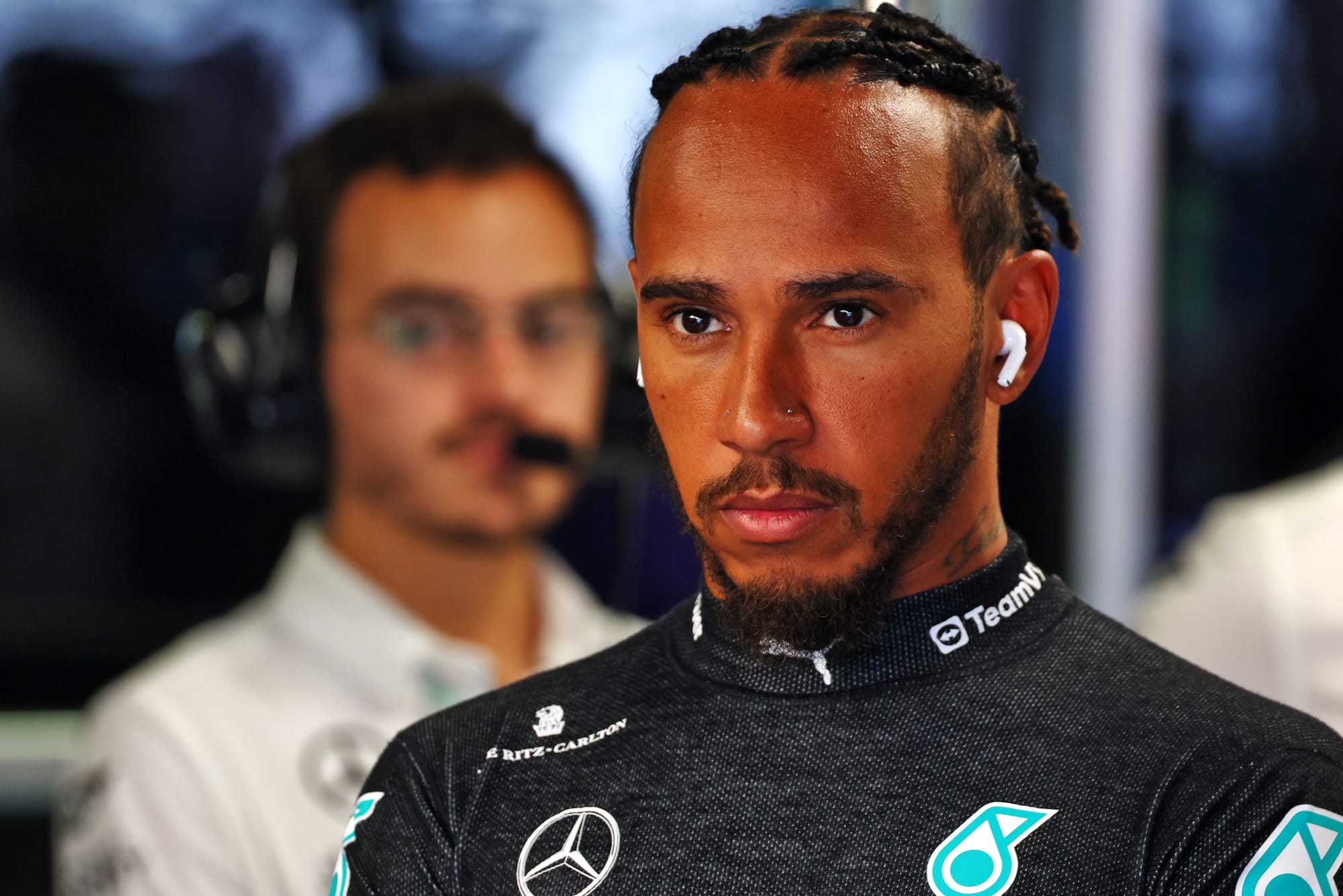
Without Hamilton moving to Ferrari, Mercedes obviously wouldn’t have had the chance to facilitate an instant move for Antonelli.
Antonelli’s emergence was actually a key reason Hamilton had a one-plus-one Mercedes contract, with the option on his side, in the first place: Mercedes felt it had good insurance.
It softens the blow of losing a driver of Hamilton’s calibre if you have someone like Antonelli available.
It also helps if you were thinking about how quickly you could get Antonelli into F1 anyway. Mercedes did not want the door to be closed to such a promising youngster too far in the future, which is why Hamilton and Russell only had deals to the end of 2025.
Mercedes wouldn’t have been able to dump either to make room for Antonelli next year, and for 2026, it would have been difficult - even if it was tempting.
Antonelli’s potential would have made Mercedes think seriously about a change, especially given Hamilton’s age and salary. But thinking about it and doing it are very different. So, Hamilton made Mercedes’ life a lot easier.
So too has the lack of other mega alternatives. As it’s also the case that were Verstappen willing and able to jump ship, Mercedes would have signed him over Antonelli.
That has obviously had a huge bearing on the outcome. Sainz was the number one alternative candidate and, no disrespect to him intended, Mercedes only really viewed him as a stop-gap.
Mercedes only seemed interested in moving away from the long-term play for an out-and-out superstar.
HOW HE’S DEALING WITH PRESSURE
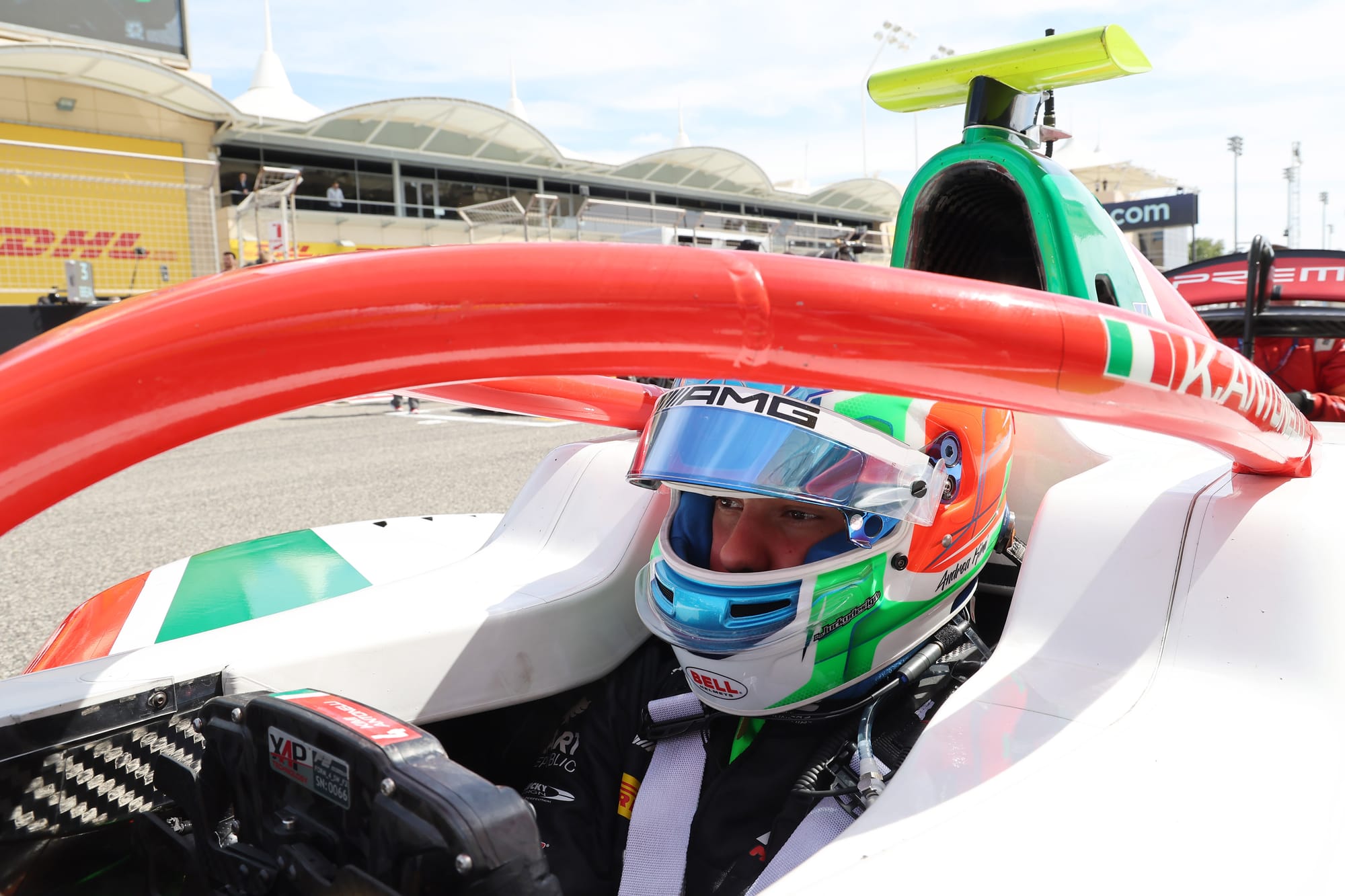
Antonelli stepping into F2 at 17, skipping F3, was the most ambitious career development move any highly rated protege has made since Verstappen went from karts into ‘proper’ F3, and then straight into F1.
And when the F2 season began, and Prema was in all sorts of bother, that piled on the pressure further. The results to justify all the hype were very hard to come by.
Antonelli has dealt with that tricky situation well, though. He is refining his racecraft and his development in a tough championship and sub-optimal circumstances, but handling it better than his team-mate Ollie Bearman, another highly rated youngster bound for the 2025 F1 grid with Haas.
On top of that, Mercedes has thrown Antonelli into a very ambitious F1 testing programme across four circuits for multiple days at a time. He’s racked up good mileage in 2022 machinery and now he’s stepped into the 2024 car. All the time, Mercedes has been very impressed by his speed, consistency and approach.
It has led Mercedes to the conclusion that he is a world champion calibre driver who will not just be ready for its F1 team one day - he can cope with the challenge now.
Ciao from Monza! A message from Kimi and George 😃 pic.twitter.com/l9r4e4J8zX
— Mercedes-AMG PETRONAS F1 Team (@MercedesAMGF1) August 31, 2024
Antonelli’s not shown anything but good mental resilience so far. Even at Monza, he picked himself up from his FP1 crash, got back in his F2 car, and qualified sixth - beating Bearman yet again. Although he did cite a little dizziness at the end of the day, and missed a pre-arranged F1 media session as a result.
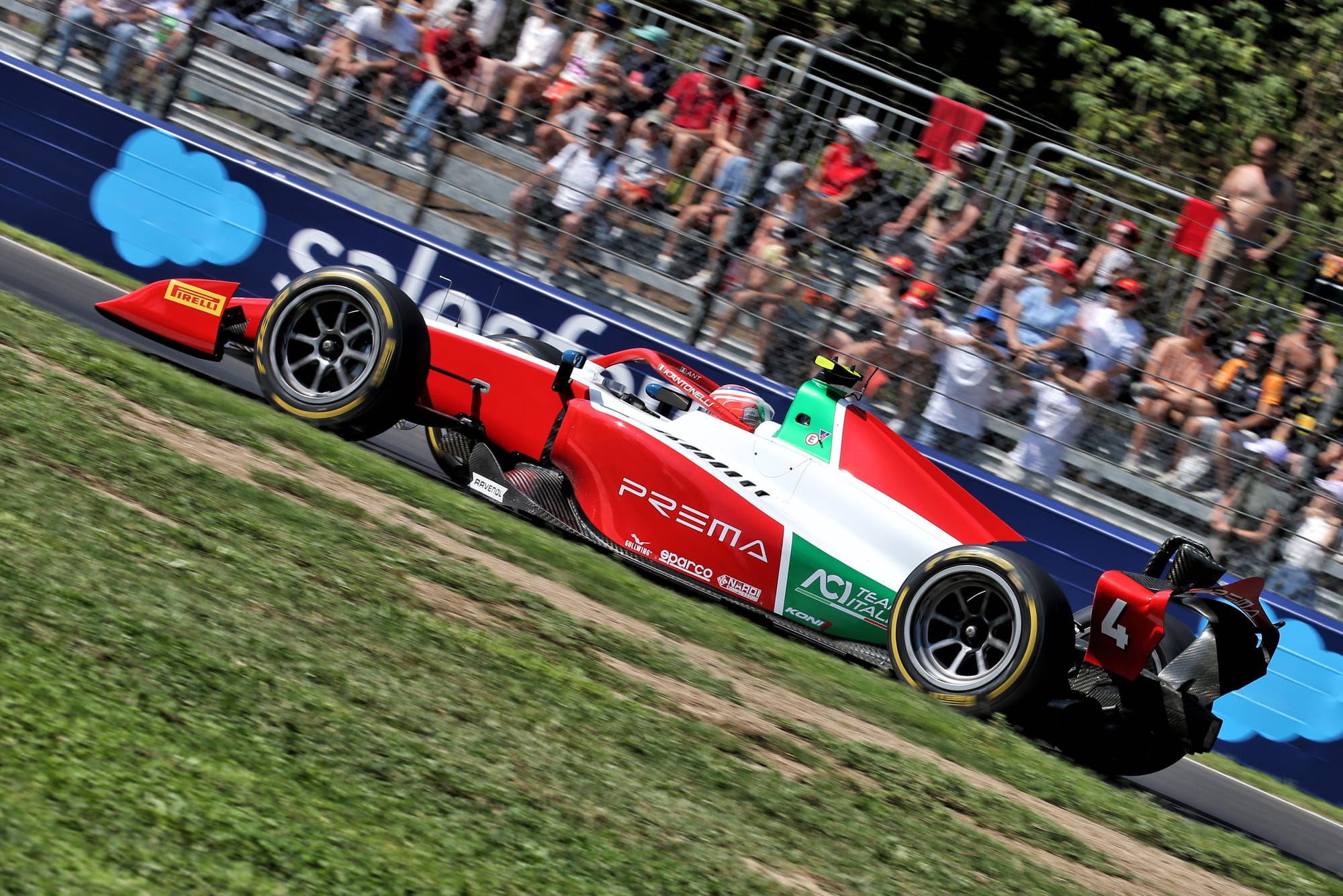
A Mercedes race seat will bring new levels of attention and scrutiny. Wolff was already pondering whether the crash in Monza was a result of too many things piling on top of Antonelli, who he admitted must have had a “heavy burden” at the weekend.
But really, Antonelli didn’t seem overawed by the occasion at all. It looked like youthful exuberance and overconfidence rather than struggling with the weight of expectation.
And ultimately, if Mercedes doubted Antonelli can handle the pressure, it would not be giving him any race seat - let alone the one being vacated by Hamilton.


